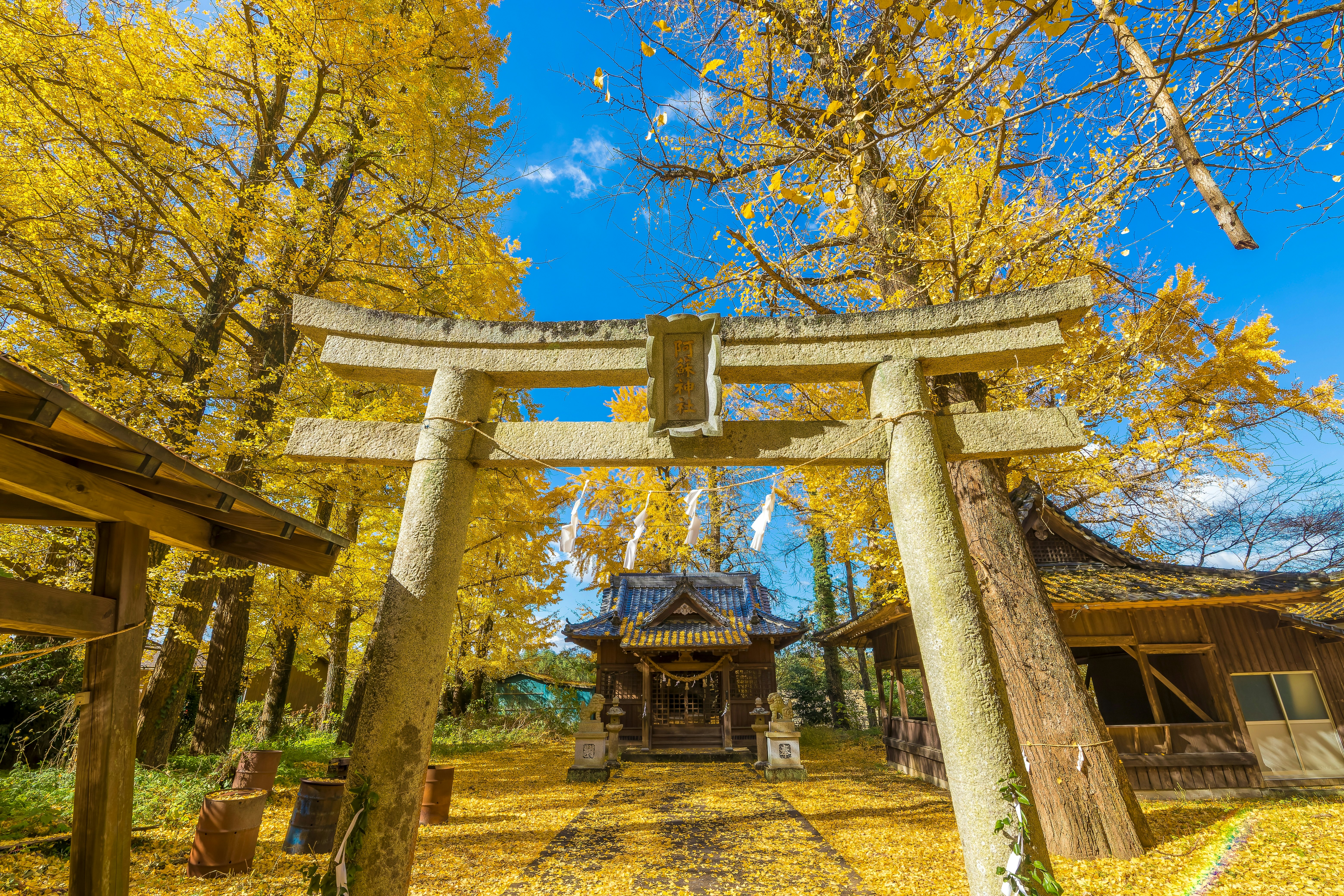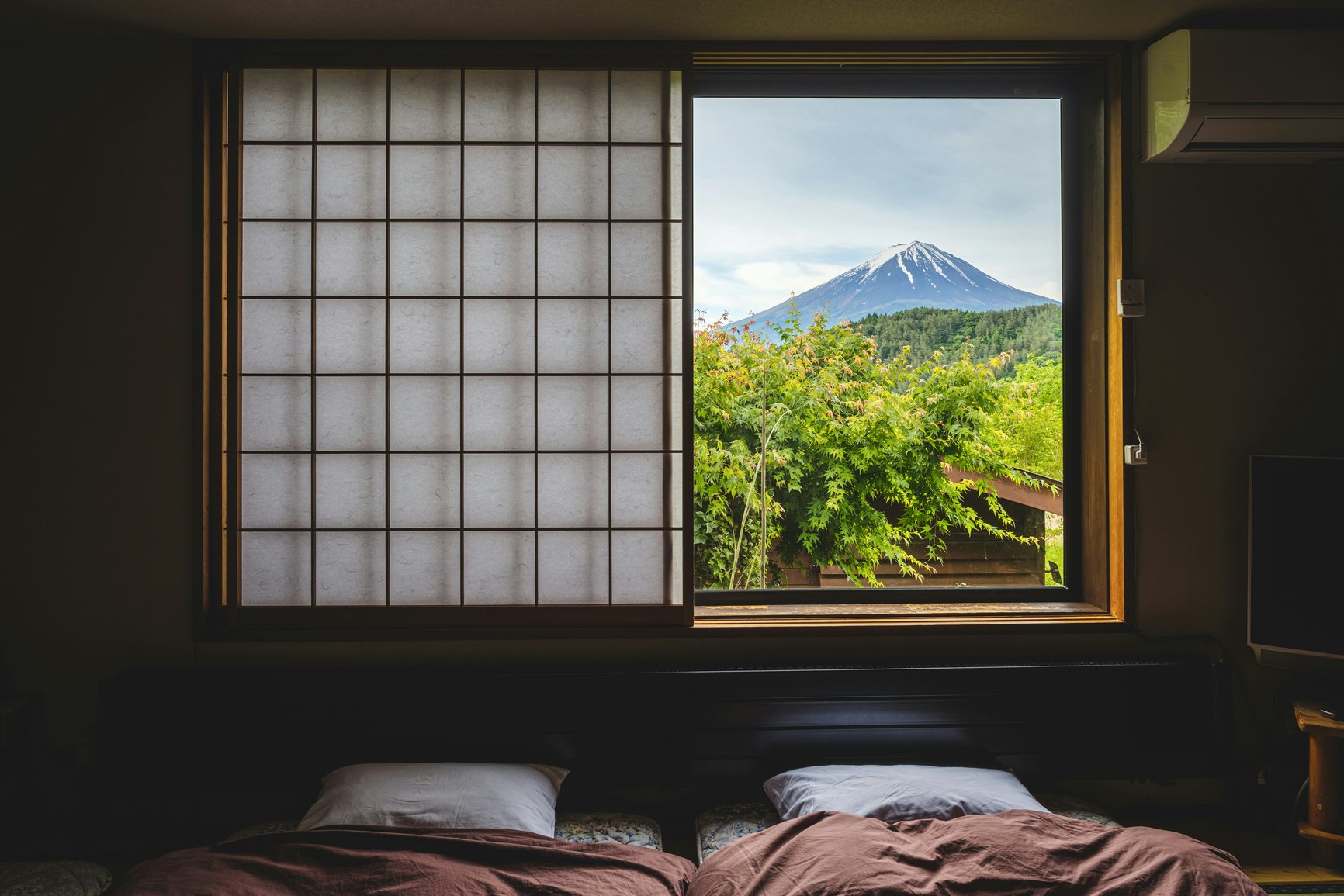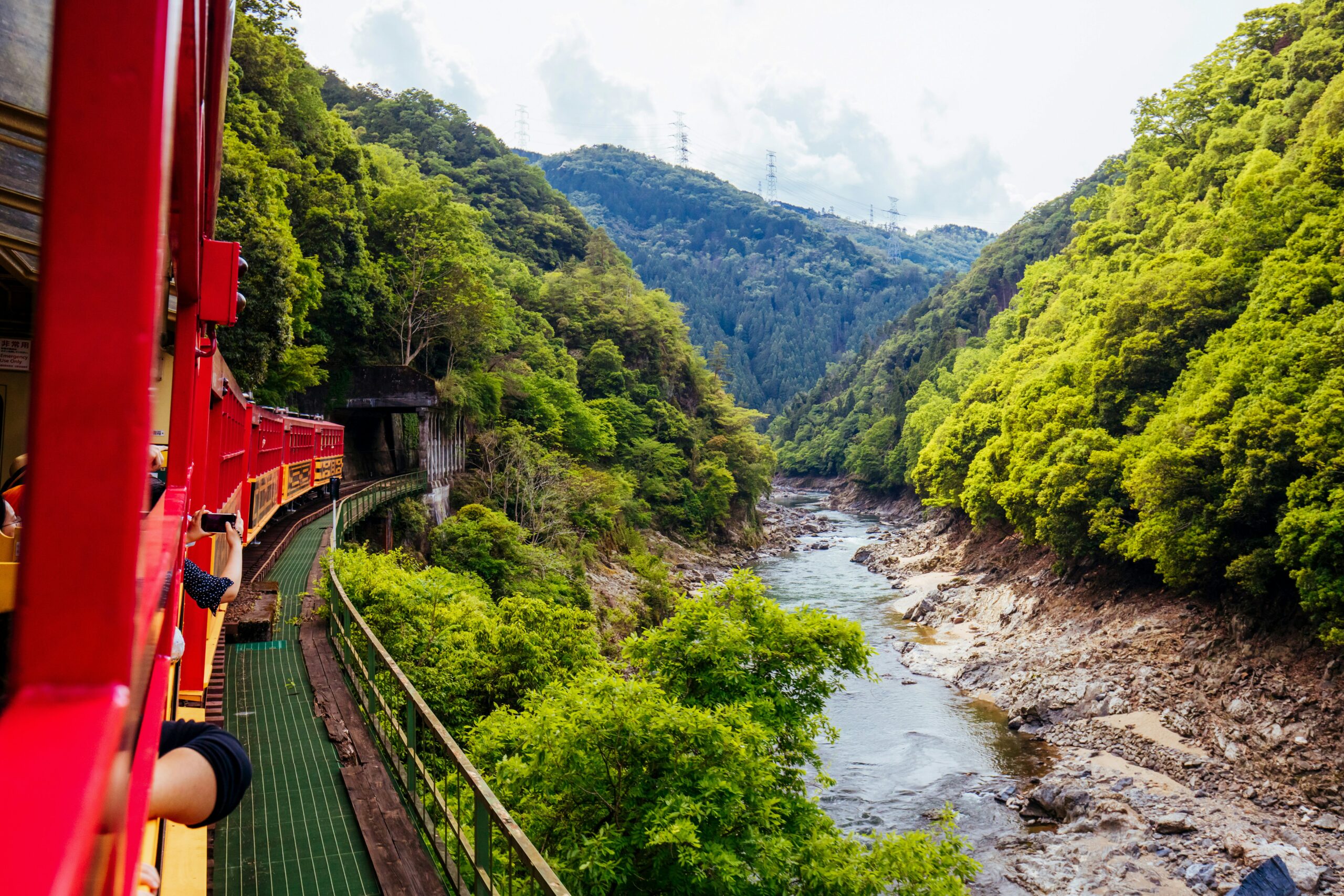At the easterly side of East Asia, Japan and South Korea are perennial favorites of savvy travelers. But if you had to choose just one of them for your next vacation, which would it be? Below, two of our travel writers make the case for their favorite.
If you’re interested in it, Japan has it
Regular Japan visitor and rail expert John Walton expounds on the many ways – both fast and slow – to explore the country. His top Japanese journeys include following rural rail lines up to relaxing hot spring towns and exploring local foodways.
Advertisement
I’ve traveled in Japan and South Korea, and both are wonderful. Yet the former is the country I return to again and again for its varied experiences. Here are some of the reasons you should love Japan, too.
Japanese trains are irresistable
The incredible railway network that blankets all of Japan is one of the country’s top draws, easily beating South Korea’s trains. Even with the price hikes in October 2023, the Japan Rail Pass offers fabulous value for shuttling between cities at up to 320km/h (200mph), relaxing on a comfortable Limited Express, exploring tiny local branch lines or enjoying cultural experiences on the special Joyful Train excursion services.
The best routes: A few of my favorite train trips include the Tohoku Shinkansen’s top-speed section north of Omiya, the single-car branch line between Abashiri and Kushiro in Hokkaido, the Limited Express Yakumo from Okayama to Matsue and the SL Ginga steam trains from Takasaki.

This is a country for all seasons
Japan is several times the size of South Korea, and crosses a lot more climatic zones – from tropical Okinawa to the northern island of Hokkaidō, snowy in winter but delightfully cool in summer. This means not only is there simply more to do, but that there’s more variety – plus a wider range of seasons of pleasant weather.
Since I’m no great fan of the rain and humidity of the tsuyu early-summer season, I’ll head north to Hokkaidō then, where the temperatures are balmy but not muggy, to enjoy the freshest of fish in historical Hakodate. Come autumn, I love to head southwest to Kyūshū to extend short-sleeve weather: Kumamoto and Kagoshima are delightfully sunny and warm even into late November.

